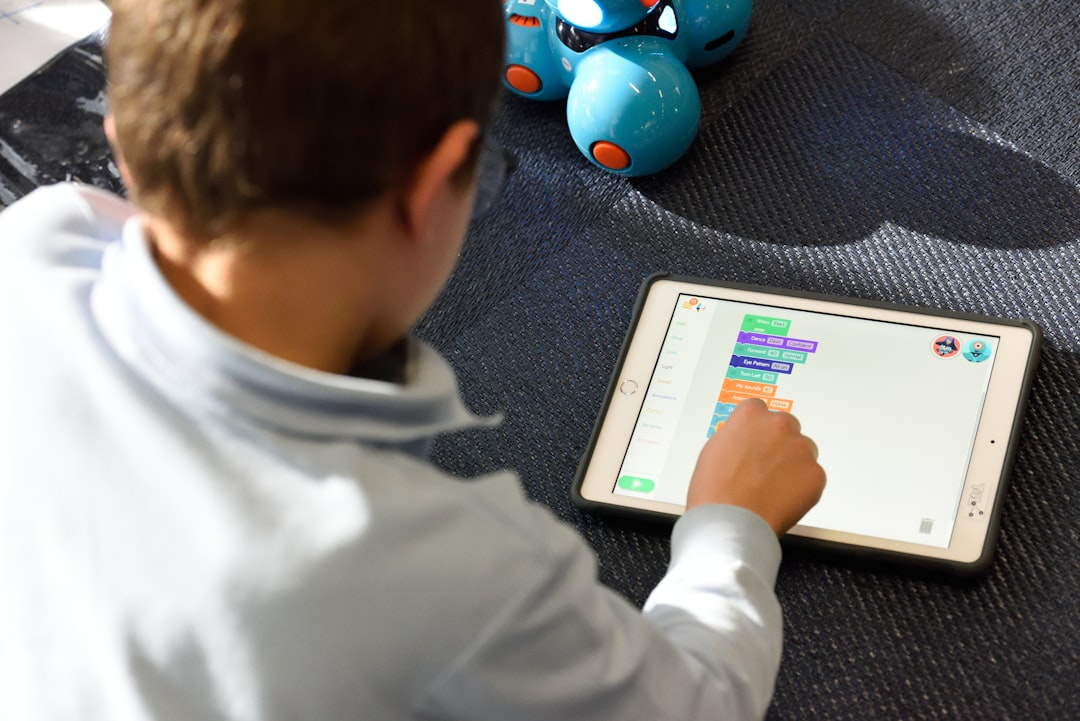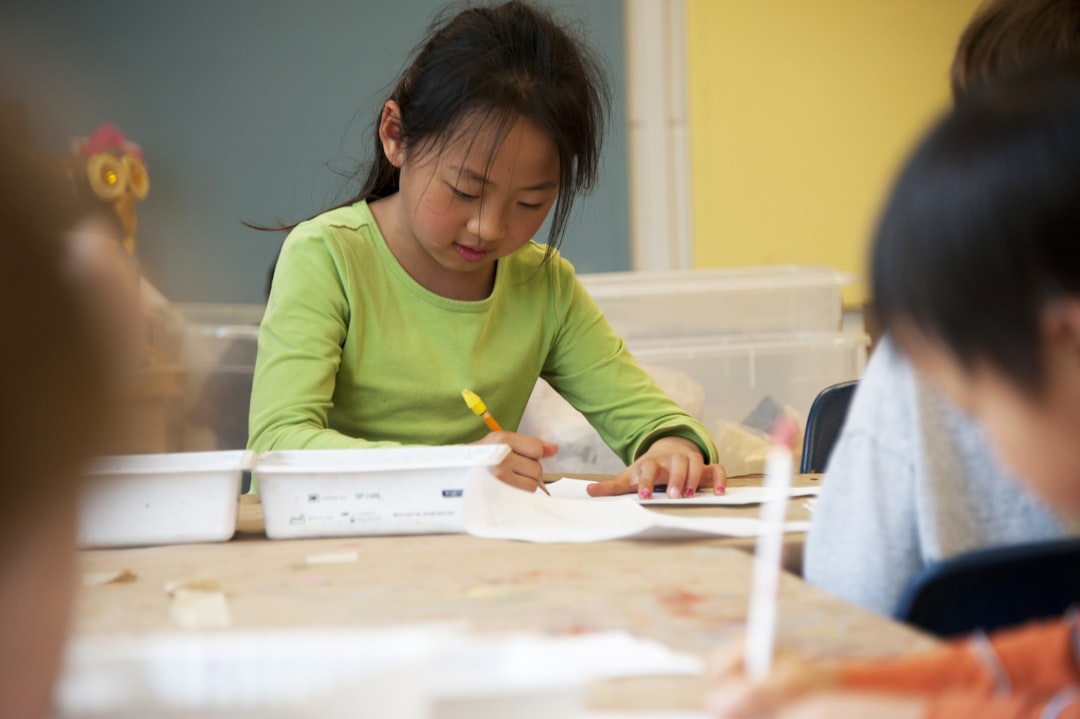In the evolving landscape of education, home learning has taken a prominent role, especially in the wake of global changes that have necessitated more flexible schooling options. For parents and caregivers, the challenge is not just to manage this form of education but to excel at it, ensuring children not only continue to learn but thrive. This article delves into practical strategies and innovative approaches to transform home learning from a mere necessity into a rewarding educational journey for kids.
The Cornerstone of Routine
Establishing a structured day is crucial when teaching kids at home. Unlike the varying stimuli of a school environment, home can appear to be a relaxed space, which might affect a child’s learning pace. Set a timetable that mirrors school hours, incorporating ample breaks for snacks and play, which are essential for keeping young minds active and engaged. This routine helps to create a sense of normalcy and expectation, reducing resistance and enhancing focus during designated learning times.
Interactive and Engaging Learning Spaces
The physical space where learning occurs significantly impacts a child’s ability to focus and absorb information. Create a dedicated learning area that is free of distractions and is well-organized. This does not mean it has to be devoid of fun. Incorporate elements that your child finds appealing, such as bright colors, their favorite storybooks, or educational posters. The goal is to make this area a place where they want to come and learn.
Embracing Technology Wisely
Educational Apps and Resources
In this digital age, educational apps and online resources are invaluable tools for home learning. Platforms like Khan Academy, National Geographic Kids, or interactive language apps not only make learning fun but are also designed to capture kids’ attention and sustain it. However, it’s important to balance screen time with traditional learning to avoid over-reliance on digital devices.
Safe Internet Practices
Teaching children about the use of technology also involves training them in safe internet practices. Discuss the importance of not sharing personal information, recognizing safe and appropriate websites, and the need to speak to an adult if they encounter something problematic online.
Learning Through Play
Incorporating play into the education process is particularly effective for younger children. Educational toys, puzzles, building blocks, or even arts and crafts provide opportunities for creative expression and cognitive development. Activities like baking or gardening can also be educational, teaching measurements or biology in a hands-on environment that kids find exciting.
Regular Reviews and Adjustments
Children’s moods and educational needs can fluctuate, and what works one week might not work the next. Regularly review the effectiveness of your home learning schedule and be flexible in making adjustments. Involve your child in these reviews to give them a sense of ownership of their learning process, which can boost their motivation. Feedback sessions can help you tweak your approach, perhaps incorporating more or less of certain types of activities based on your child’s response.
In conclusion, home learning can be a deeply enriching experience that strengthens bonds while providing tailored educational opportunities. By establishing routines, creating engaging learning spaces, wisely using technology, incorporating play, and regularly reviewing educational approaches, parents can effectively support their children’s educational journeys from the comfort of their homes.






